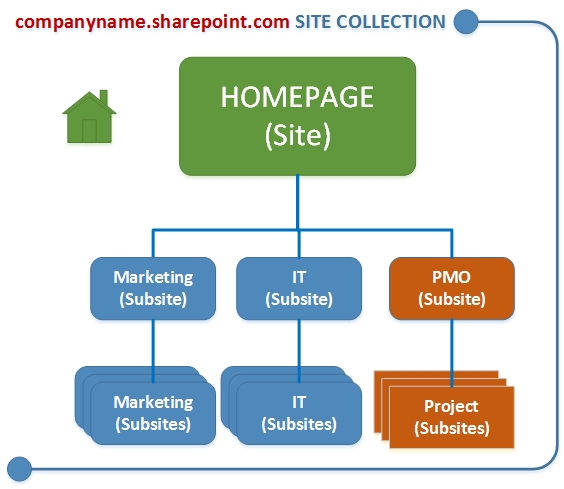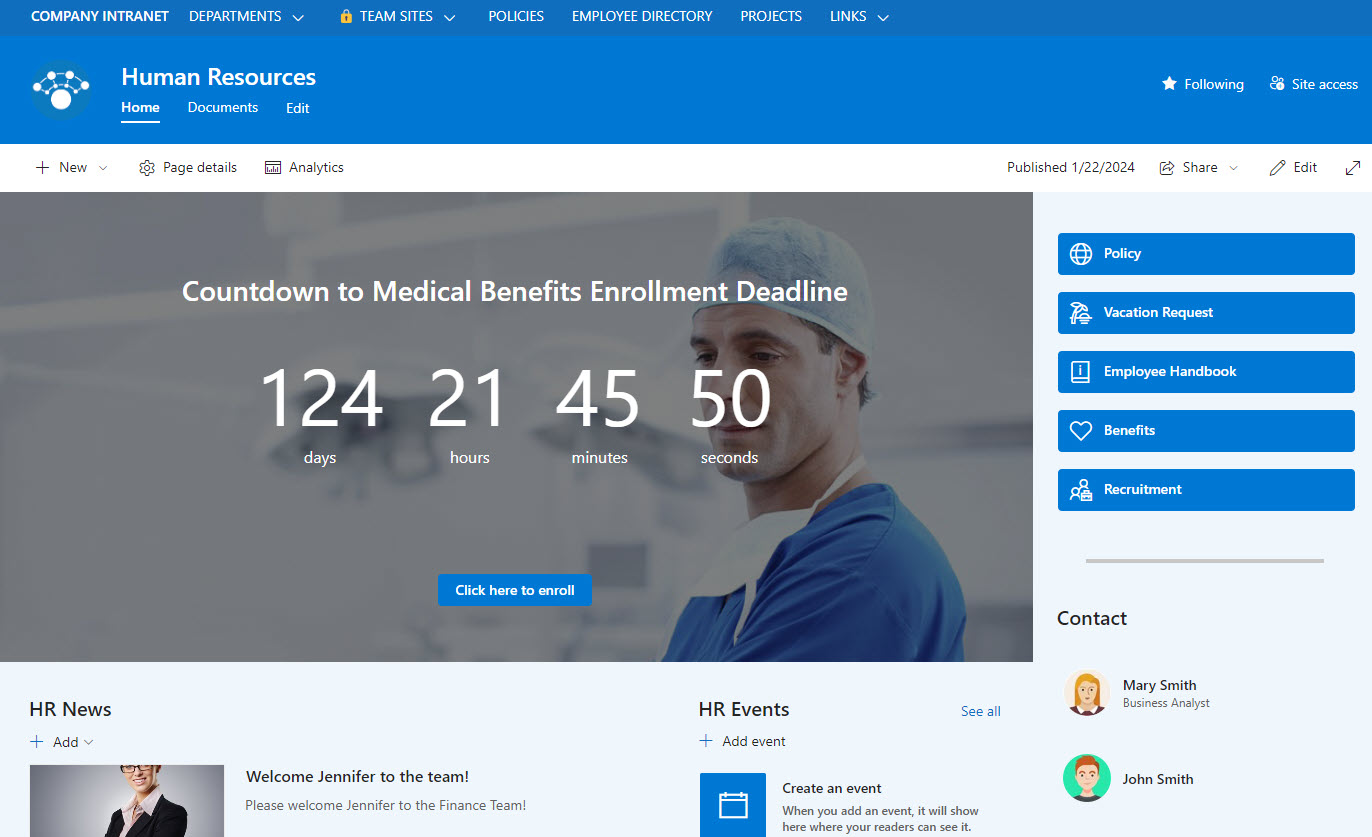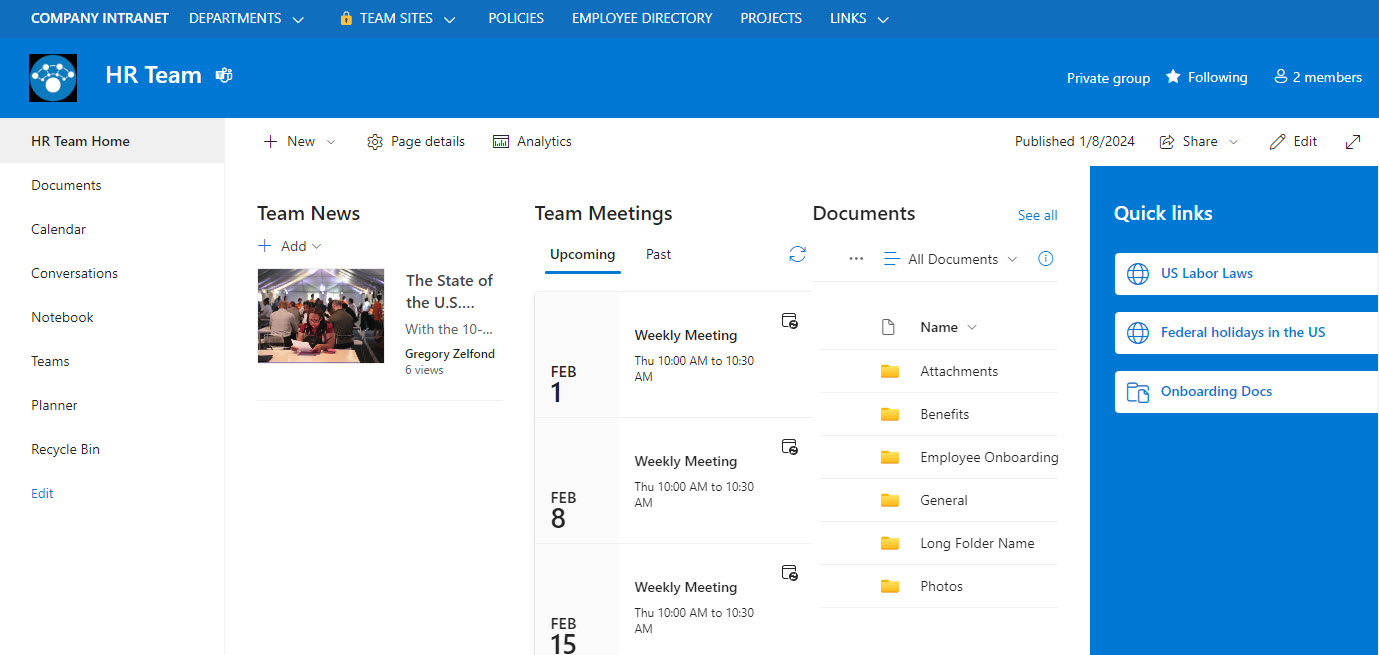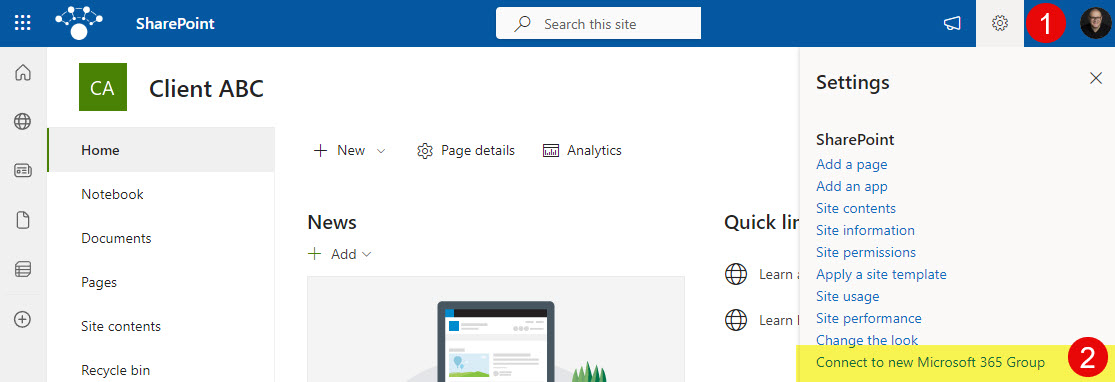Site vs. Site Collection in SharePoint
As I write this post, SharePoint has been around for 24+ years. And I have been working with it for 17 of those years. Wow! Over the last several years, it has evolved so much that sometimes I can’t believe I am dealing with SharePoint anymore. 😀 It is not only the look and feel that changed; the underlying architecture changed over the years, too. One of the elements of the past that we still use today but is no longer relevant is the concept of a site collection. Let me explain what this is all about.
Site Collections
Quite often, I have my clients and followers read some old blog posts on the web, say from 2015, that reference the concept of a site collection. You see, back then, the way we built sites in SharePoint was by first creating a site collection and then creating subsites within that site collection. So when IT provisioned a site collection, it just had one site, and then any other sites were subsites underneath. It followed the family tree or folder hierarchy. You could create subsites under subsites under subsites. The site collection looked like the image below.

So essentially, a site collection was a collection of sites or subsites, as we called them back then.
Sites
Then, in 2016, Microsoft announced a total revamp of SharePoint. The new directive was that subsites were no longer cool, and every new site desired was meant to be its own site collection. This is called flat architecture. So, instead of creating one site collection and having all subsites share that site collection, every site collection was now independent. And since you created a site collection for pretty much just one site, the term “site collection” no longer made sense, and we now simply call it a site. Though technically from SharePoint classic standpoint, it is a site collection. Hopefully, that makes sense.
As documented in one of my earlier articles, we can create three different types of sites (site collections 😀) in SharePoint:
- Communication Site
- Team Site (with a Microsoft 365 Group attached)
- Team Site (without a Microsoft 365 Group attached)

Example of a SharePoint Communication Site

Example of a SharePoint Team Site (with a Microsoft 365 Group attached)

Example of a SharePoint Team Site (without a Microsoft 365 Group attached)
Hubsites vs. Subsites
Since every site is now a separate site collection, we now unite and organize all these separate sites via Hub Sites. The new flat approach makes sense, and I outlined the reasons for this in this article.

Example of a Hub Navigation with links to individual sites (site collections)



